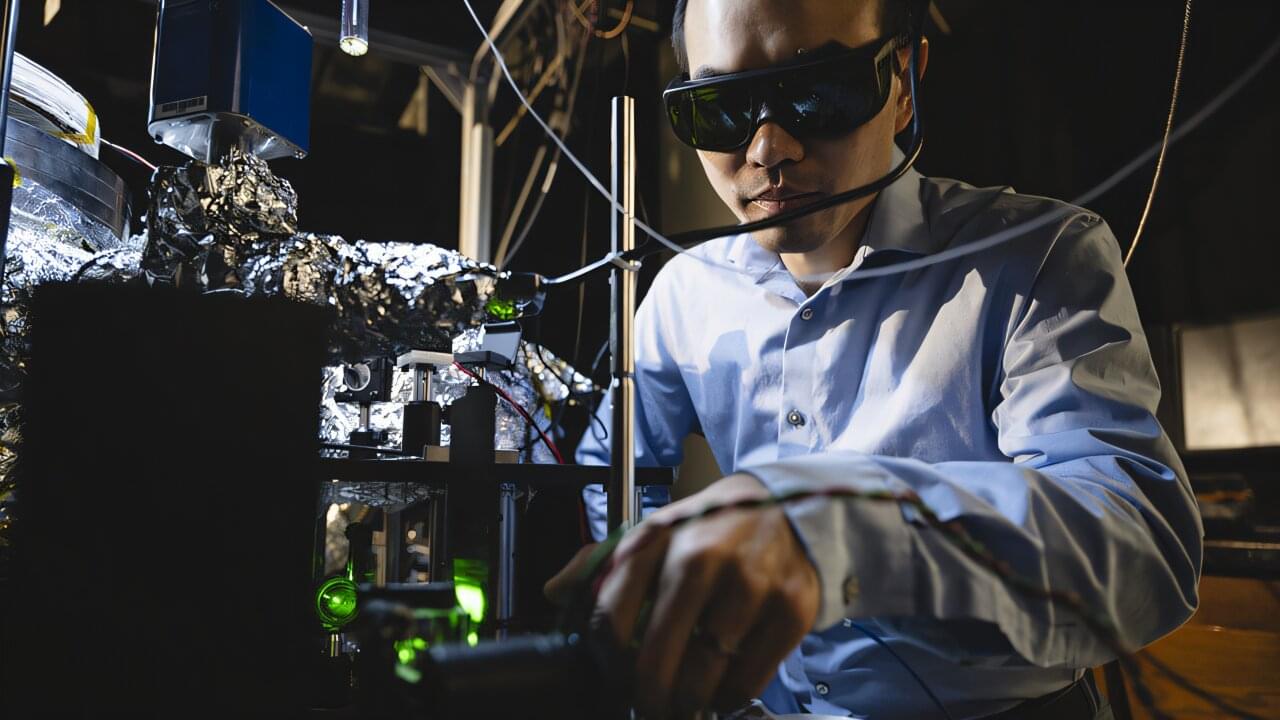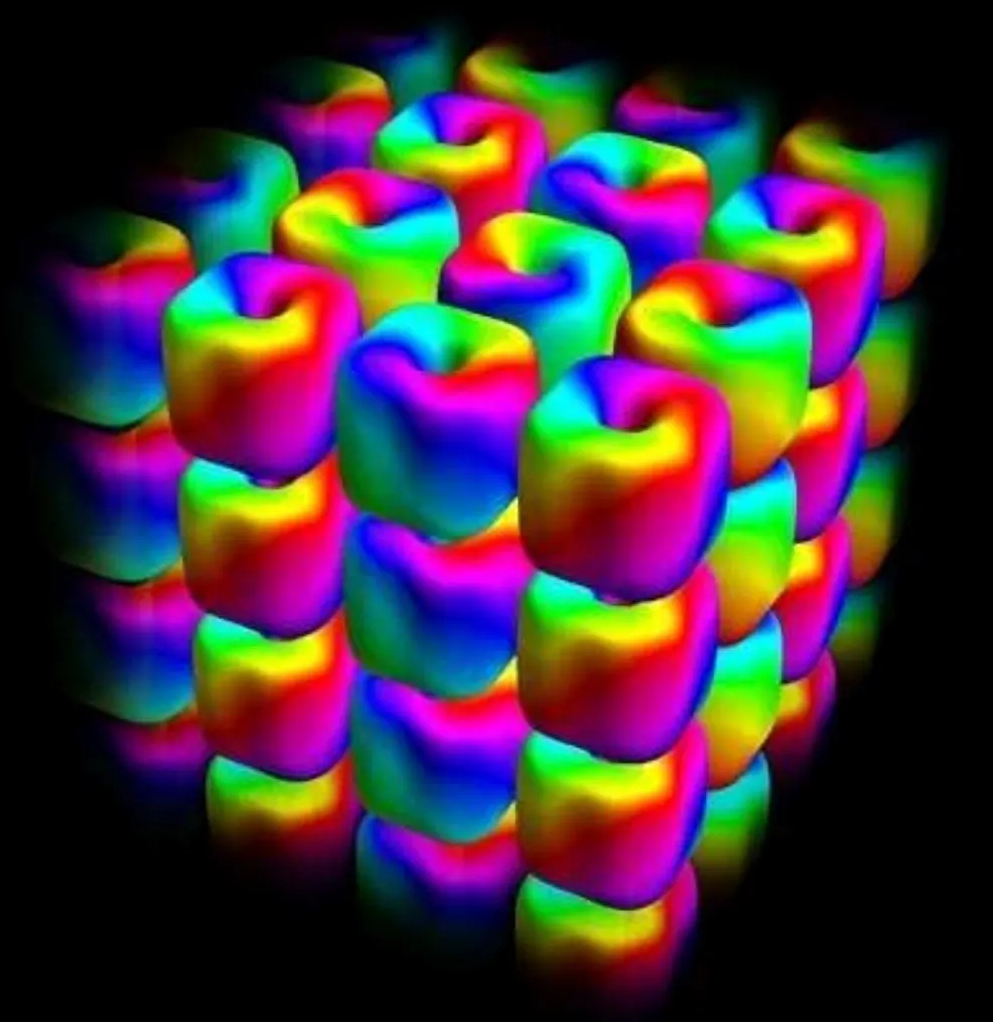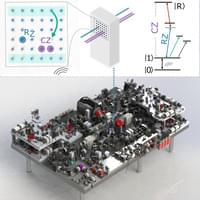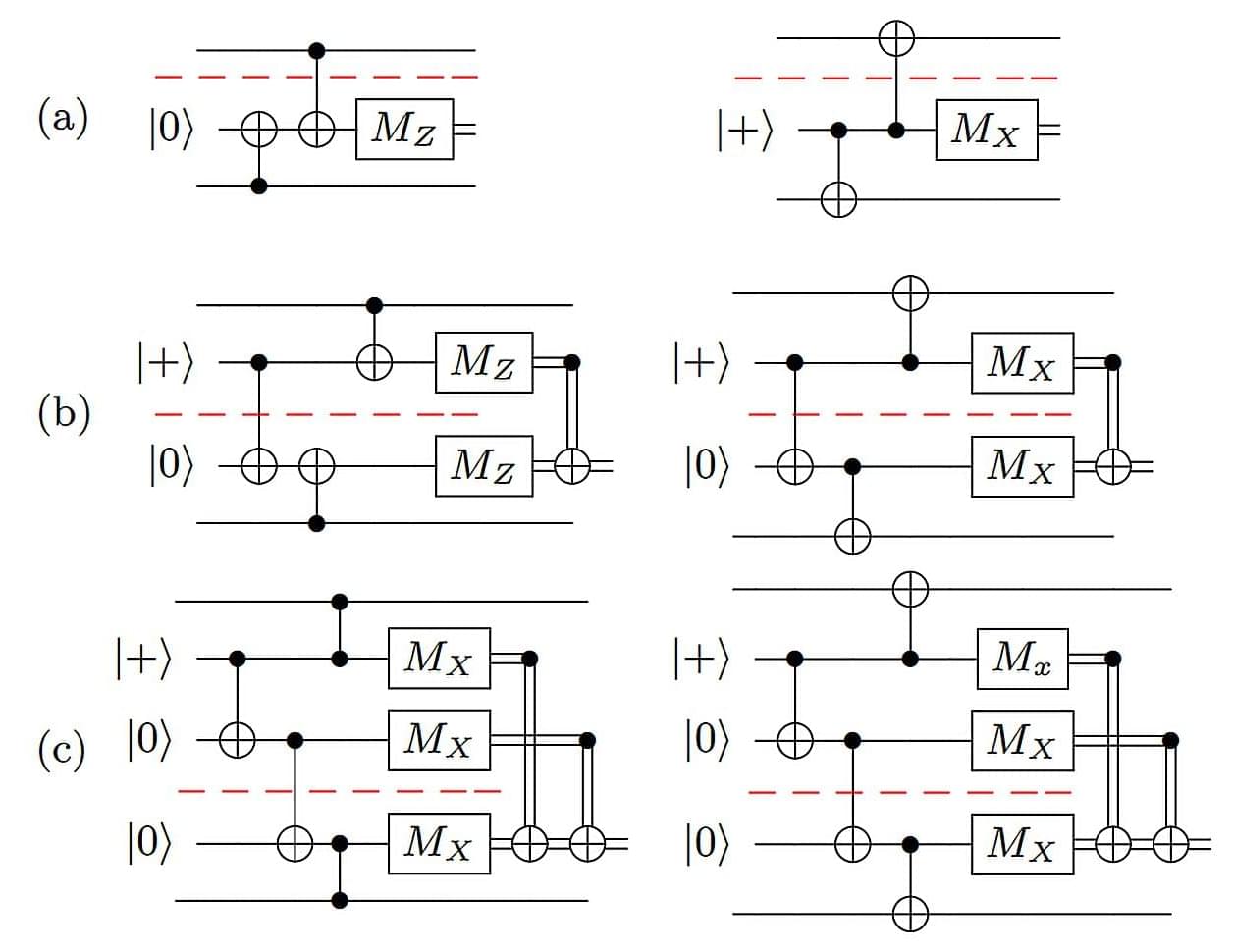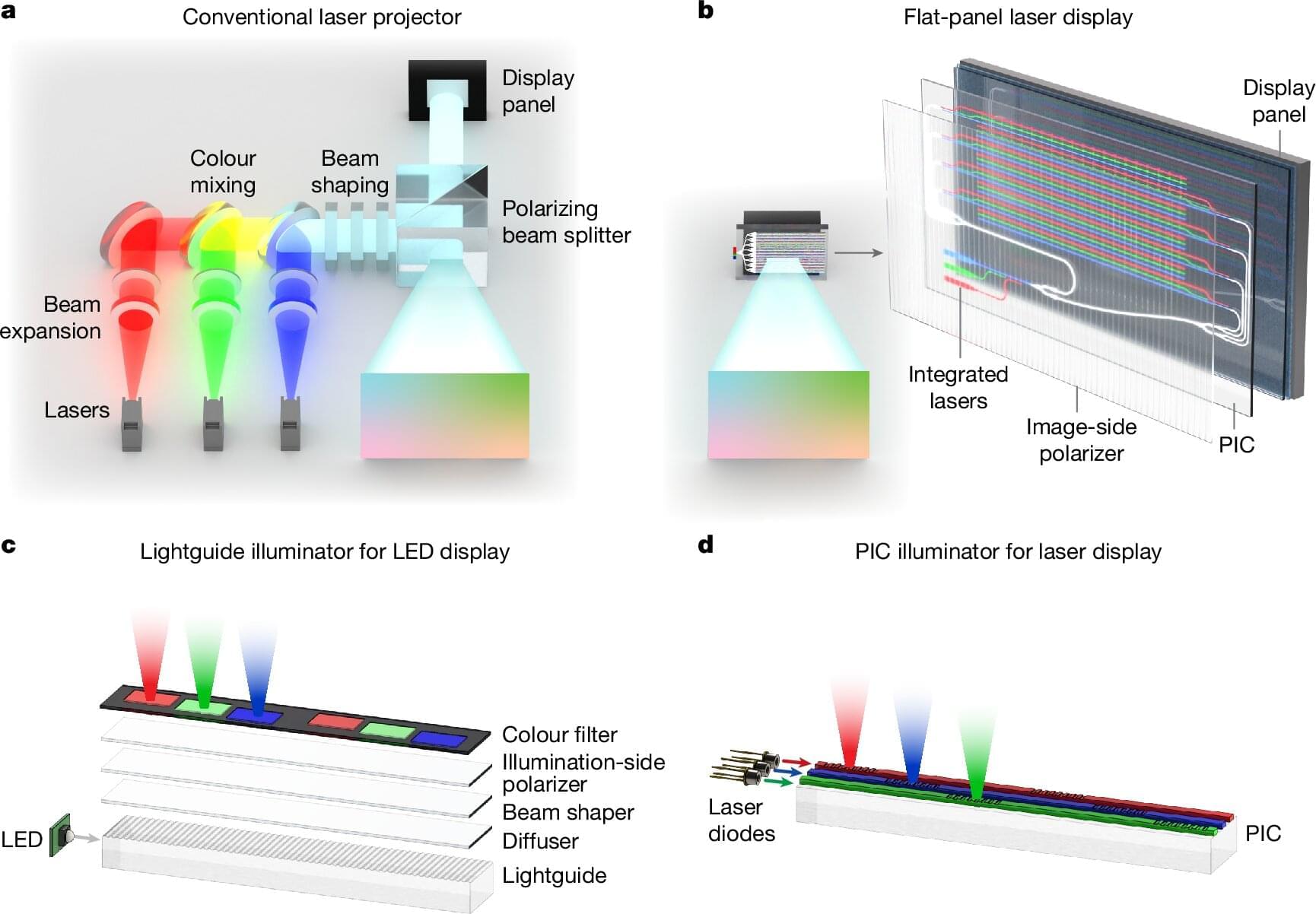Two-dimensional (2D) materials, thin crystalline substances only a few atoms thick, have numerous advantageous properties compared to their three-dimensional (3D) bulk counterparts. Most notably, many of these materials allow electricity to flow through them more easily than bulk materials, have tunable bandgaps, are often also more flexible and better suited for fabricating small, compact devices.
Past studies have highlighted the promise of 2D materials for creating advanced systems, including devices that perform computations emulating the functioning of the brain (i.e., neuromorphic computing systems) and chips that can both process and store information (i.e., in-memory computing systems). One material that has been found to be particularly promising is hexagonal boron nitride (hBN), which is made up of boron and nitrogen atoms arranged in a honeycomb lattice resembling that of graphene.
This material is an excellent insulator, has a wide bandgap that makes it transparent to visible light, a good mechanical strength, and retains its performance at high temperatures. Past studies have demonstrated the potential of hBN for fabricating memristors, electronic components that can both store and process information, acting both as memories and as resistors (i.e., components that control the flow of electrical current in electronic devices).

